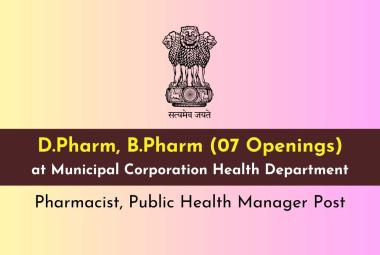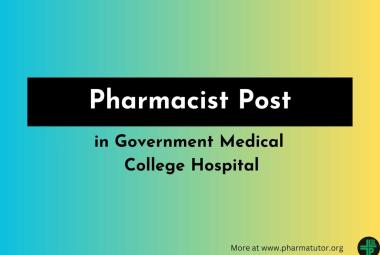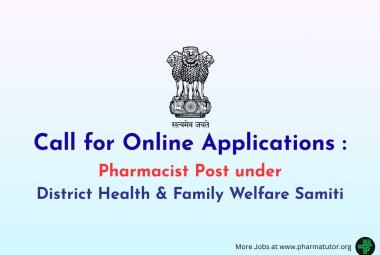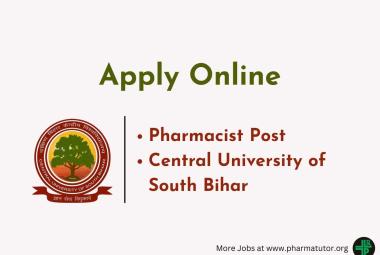CHEMICAL CONTAMINANTS AND POLLUTANTS IN THE MEASURABLE LIFE OF DHAKA CITY
{ DOWNLOAD AS PDF }
ABOUT AUTHOR
AK MOHIUDDIN
Faculty of Pharmacy, World University of Bangladesh
Dhanmondi, Dhaka, Bangladesh
ABSTRACT Environmental pollution and food contamination are as old as the civilization itself. It is the consequence of the development of civilization, over utilization of nature, industrialization and in fact a price for the progress. It is highly prominent in Dhaka city. Air pollution is mainly due to the vehicle emission, industrial discharge and burning of fossil fuel. The water resource of Dhaka becomes a major health threat due to arsenic contamination, inadequate household/industrial/medical waste disposal and industrial effluent management. Food contamination came from the commercialism of business people who are doing this knowingly to maximize profit. Necessary steps are to be taken to protect the environment for our own existence. This paper reveals chemical pollution and contamination issues of Dhaka city, the capital of Bangladesh.



 ABOUT AUTHOR
ABOUT AUTHOR ABOUT AUTHORS:
ABOUT AUTHORS:  About Authors:
About Authors:  ABOUT AUTHORS:
ABOUT AUTHORS: About Authors:
About Authors:





